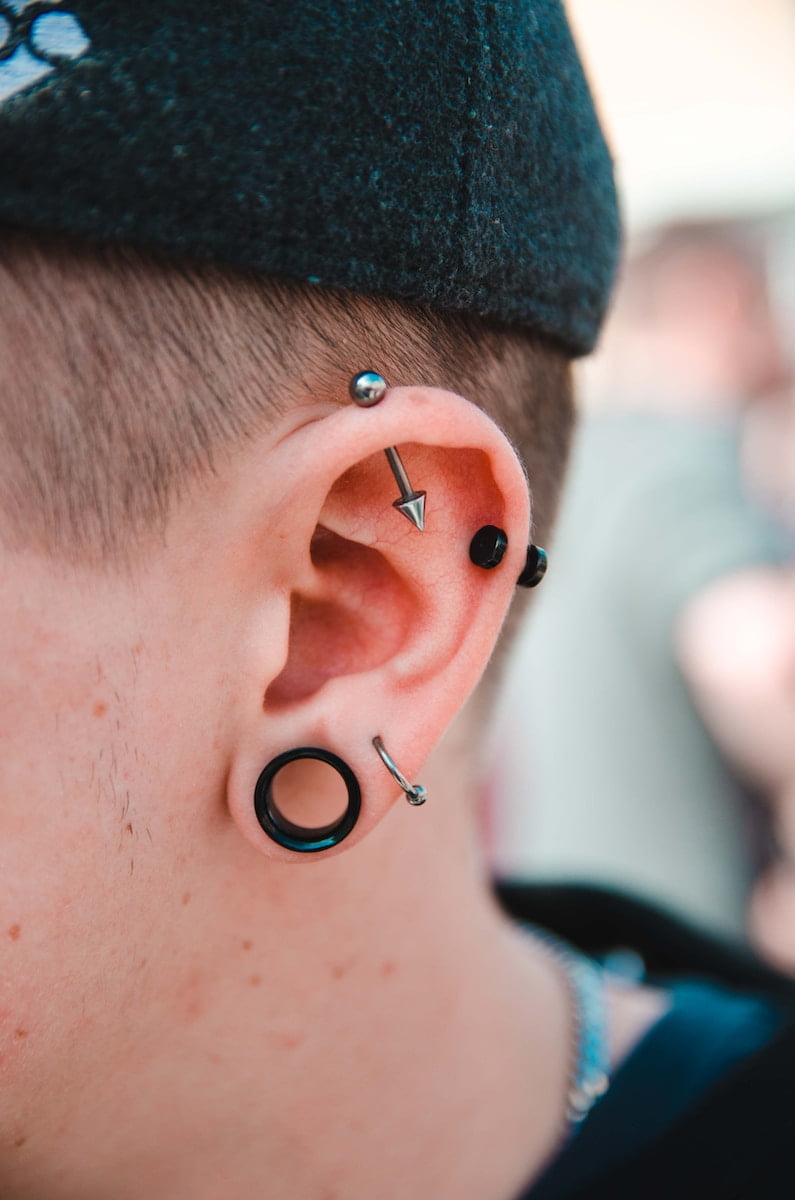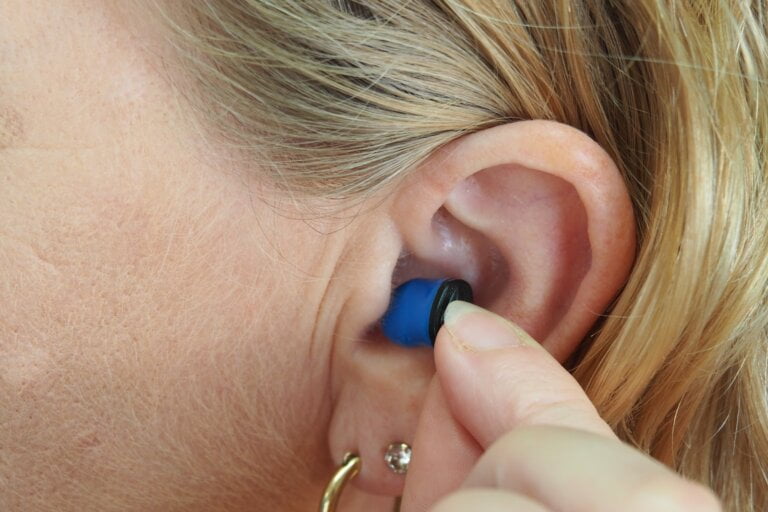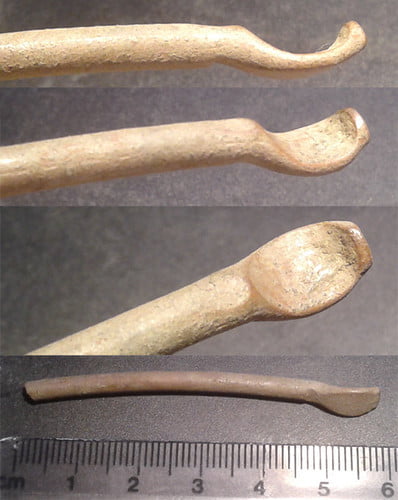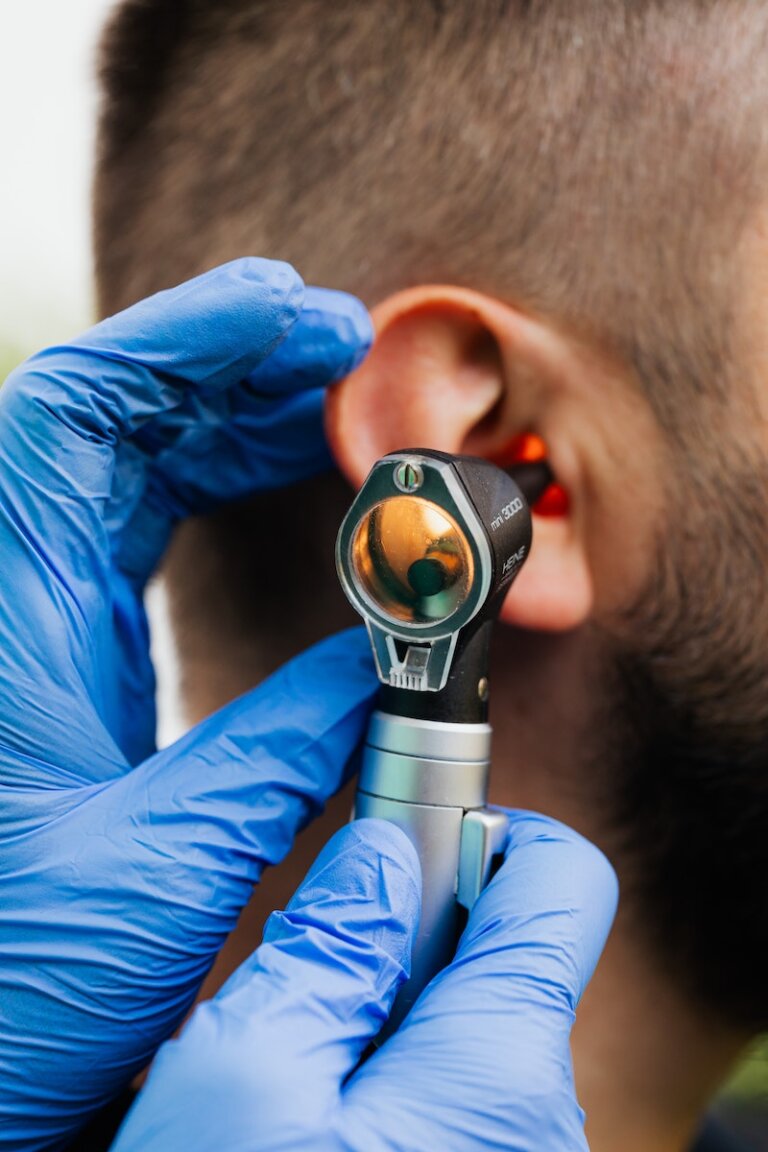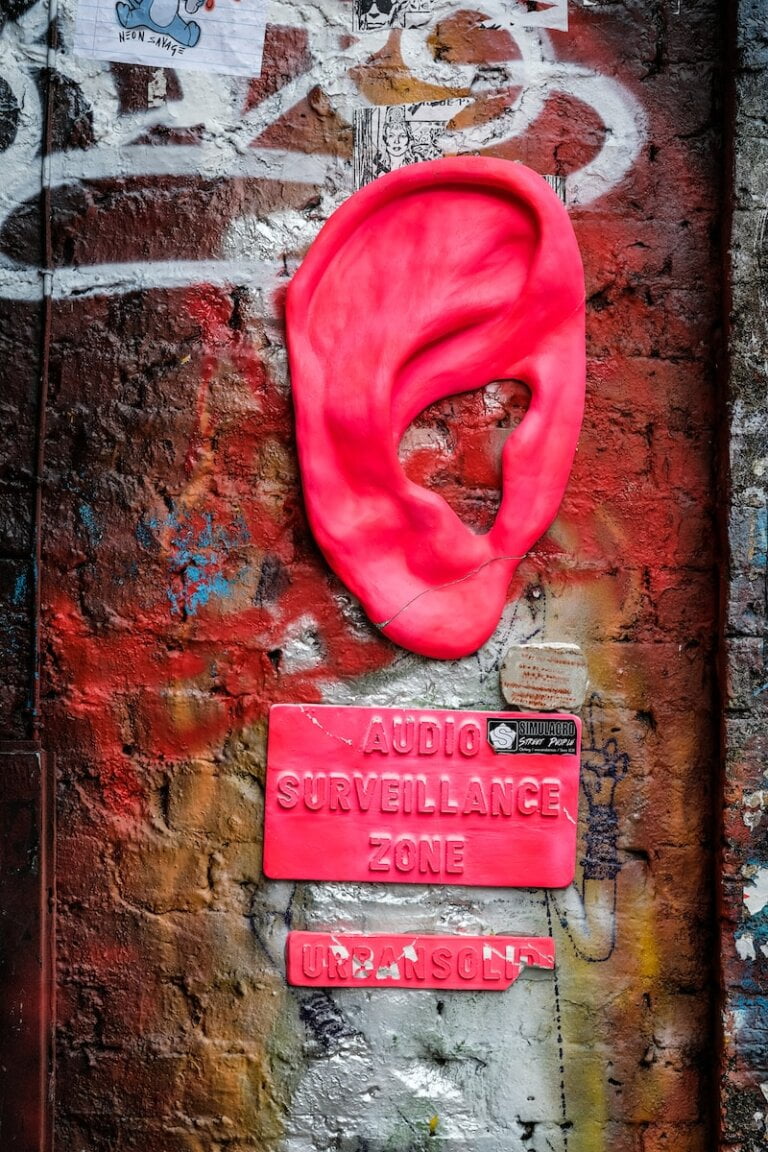A Comparative Study of Manual Instrument Ear Wax Removal Stories
Last Updated on 3rd May 2024 by Admin
Ear wax buildup is a common problem that affects people of all ages. It can cause discomfort, hearing loss, and even lead to infections if left untreated. While there are various methods available for ear wax removal, manual instrument techniques are widely used and have gained popularity due to their effectiveness. In this article, we will explore the different manual instrument ear wax removal techniques and compare their pros and cons.
1. Curette Method
The curette method is a well-known manual instrument technique used for ear wax removal. It involves using a small, spoon-shaped instrument called a curette to scoop out the ear wax from the ear canal. This method requires precision and should only be performed by trained professionals to avoid any damage to the ear.
The curette method offers several advantages in ear wax removal. Here are some of its pros:
- Highly effective in removing stubborn ear wax blockages: The shape of the curette allows for targeted removal of ear wax, making it highly effective in cases where other methods may not work.
- Provides immediate relief from symptoms such as hearing loss and discomfort: By removing the ear wax blockage, the curette method provides immediate relief from symptoms associated with excessive ear wax.
- Can be performed in a medical setting by a specialist: Trained professionals, such as ear specialists or healthcare providers, can safely and effectively perform the curette method in a medical setting.
Despite its effectiveness, the curette method also has some drawbacks that need to be taken into consideration:
- Requires professional expertise to prevent injury to the ear canal or eardrum: Due to the precision required, the curette method should only be performed by trained professionals to avoid any potential damage to the delicate structures of the ear.
- May cause minor pain or discomfort during the procedure: Some individuals may experience minor discomfort or pain during the curette method, but this can be minimized with proper technique and expertise.
- Not recommended for individuals with a history of ear infections or ear drum perforation: Individuals with a history of ear infections or ear drum perforation should avoid the curette method, as it may further exacerbate their condition.
2. Forceps Method
The forceps method involves using a pair of small, curved forceps to grasp and pull out the ear wax manually. This technique requires steady hands and careful maneuvering to ensure safe and effective removal. It is commonly used by healthcare professionals or ear specialists.
The forceps method offers several advantages in ear wax removal. Here are some of its pros:
- Allows for precise control and grip on the ear wax: The use of forceps provides healthcare professionals with precise control and grip, enabling them to remove ear wax efficiently.
- Suitable for removing larger or more resistant ear wax buildups: The forceps method is particularly effective in cases where the ear wax buildup is larger or more resistant to other removal techniques.
- Can be performed under direct visualization with an otoscope: By using an otoscope, healthcare professionals can directly visualize the ear canal during the forceps method, ensuring safe and accurate removal.
However, there are some considerations and limitations associated with the forceps method:
- Requires professional expertise to avoid injury to the ear canal or eardrum: Similar to the curette method, the forceps method should only be performed by trained professionals to minimize the risk of injury to the delicate structures of the ear.
- May cause slight discomfort or pain during the procedure: Some individuals may experience slight discomfort or pain during the forceps method, but this can be managed with proper technique and expertise.
- Not recommended for individuals with narrow or sensitive ear canals: Individuals with narrow or sensitive ear canals may find the forceps method uncomfortable or potentially harmful, and alternative techniques should be considered.
3. Loop Method
The loop method involves using a small, loop-shaped instrument to gently scoop out the ear wax from the ear canal. This technique is considered less invasive compared to the curette or forceps method, making it suitable for individuals with sensitive ears or those prone to ear infections.
The loop method offers several advantages in ear wax removal. Here are some of its pros:
- Minimally invasive and gentle on the ear canal: The loop method is less invasive compared to other manual instrument techniques, reducing the risk of injury or discomfort during the procedure.
- Can be performed by individuals at home with proper guidance: In some cases, individuals can safely perform the loop method at home with proper guidance from healthcare professionals or ear specialists.
- Less risk of injury compared to other manual instrument techniques: The loop method poses less risk of injury to the ear canal or eardrum, making it a safer option for those with delicate ears.
However, there are some limitations to consider when using the loop method:
- Less effective for large or stubborn ear wax blockages: The loop method may not be as effective in cases where the ear wax buildup is large or stubborn. In such cases, alternative techniques may be more suitable.
- May require multiple attempts for complete removal: Due to its gentle nature, the loop method may require multiple attempts to completely remove the ear wax blockage. Patience and persistence may be required.
- Not recommended for individuals with a history of ear drum perforation: Individuals with a history of ear drum perforation should avoid the loop method, as it may pose a risk of further damage to the ear.
4. Suction Method
The suction method involves using a small, handheld suction device to gently extract the ear wax from the ear canal. This technique is often used by healthcare professionals and is considered one of the safest and most comfortable methods of ear wax removal.
The suction method offers several advantages in ear wax removal. Here are some of its pros:
- Non-invasive and painless procedure: The suction method is non-invasive and painless, making it a comfortable option for individuals with sensitive ears or those prone to ear infections.
- Suitable for individuals with sensitive ears or those prone to ear infections: The gentle nature of the suction method makes it suitable for individuals who may have sensitive ears or a history of ear infections.
- Can be performed by trained professionals or individuals at home with proper guidance: The suction method can be performed by trained professionals in a medical setting or by individuals at home with proper guidance from healthcare professionals or ear specialists.
However, there are some limitations to consider when using the suction method:
- Less effective for large or hardened ear wax blockages: The suction method may be less effective in cases where the ear wax buildup is large or hardened. Additional techniques may be required for complete removal.
- May require multiple sessions for complete removal: Depending on the severity of the ear wax blockage, multiple sessions of the suction method may be necessary to ensure complete removal.
- Suction devices may not be readily available for home use: While the suction method can be performed at home, the availability of suitable suction devices may vary, and professional assistance may be required.
Conclusion
In conclusion, manual instrument techniques for ear wax removal offer effective solutions for individuals experiencing ear wax buildup. The choice of technique depends on factors such as the severity of the blockage, individual preferences, and the availability of professional assistance. It is important to note that while these techniques can provide immediate relief, it is always recommended to consult a healthcare professional for proper diagnosis and guidance to ensure safe and effective ear wax removal.
FAQs
1. What is the curette method for ear wax removal?
The curette method involves using a small, spoon-shaped instrument called a curette to scoop out the ear wax from the ear canal. It is highly effective in removing stubborn ear wax blockages and provides immediate relief from symptoms such as hearing loss and discomfort. However, it should only be performed by trained professionals to prevent injury to the ear.
2. How does the forceps method work for ear wax removal?
The forceps method involves using a pair of small, curved forceps to grasp and pull out the ear wax manually. It allows for precise control and grip on the ear wax, making it suitable for larger or more resistant ear wax buildups. Similar to the curette method, it should be performed by trained professionals to avoid injury to the ear canal or eardrum.
3. What is the loop method of ear wax removal?
The loop method uses a small, loop-shaped instrument to gently scoop out the ear wax from the ear canal. It is considered less invasive and can be performed by individuals at home with proper guidance. However, it may be less effective for large or stubborn ear wax blockages and should be avoided by individuals with a history of ear drum perforation.
4. How does the suction method work for ear wax removal?
The suction method involves using a small, handheld suction device to gently extract the ear wax from the ear canal. It is non-invasive and painless, making it suitable for individuals with sensitive ears or those prone to ear infections. The suction method can be performed by trained professionals or individuals at home with proper guidance, but it may be less effective for large or hardened ear wax blockages.

